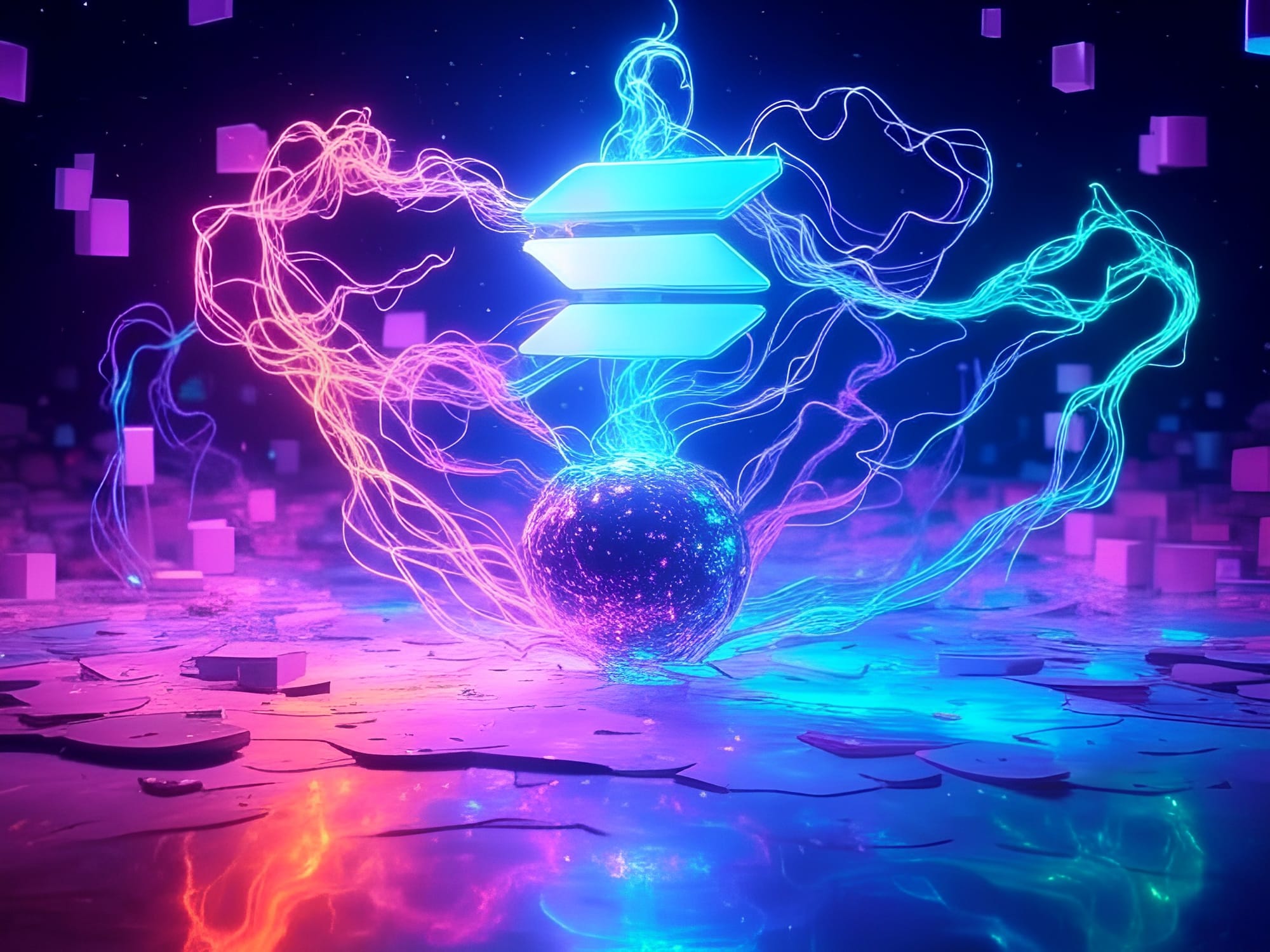Solana's Leap into Quantum Resistance A New Era for Blockchain Security

Solana, a blockchain known for hosting billions in crypto and currently is a top five crypto globally, has taken a significant step forward by integrating quantum-resistant technology into its network. This move not only showcases Solana's commitment to security but also sets a precedent for other blockchain platforms to follow.
The Solana team has introduced the Solana Winternitz Vault, a protective measure designed to shield users' funds from the potential threats posed by quantum computing. Quantum computers, with their unparalleled computational power, could theoretically decrypt the current cryptographic methods used by digital wallets, exposing private keys and compromising millions in assets.
The Solana Winternitz Vault employs a hash-based signature system, a cryptographic technique that has been around for decades but is now finding new life in the blockchain space. This system generates new keys for each transaction, ensuring that even if one key is compromised, it does not affect subsequent transactions. The process involves creating 32 private key scalars, each hashed 256 times to produce a public key. However, instead of storing the entire public key, only its hash is kept for verification purposes, significantly reducing the risk of key exposure.
The Mechanics of Quantum Resistance
This approach to security might sound complex, but it can be likened to using a new credit card for every transaction you make, making it nearly impossible for a hacker to predict or intercept your financial actions. Dean Little, the developer behind this project, humorously noted the irony of using Lamport's cryptographic work to secure 'lamports'—Solana's smallest unit of currency. Each time a transaction is processed, the vault essentially "closes" and "opens" with fresh keys, maintaining a one-time use policy for signatures that significantly reduces vulnerability.
However, this isn't a mandatory upgrade across the Solana network; it's an optional feature. Users must opt-in by choosing to store their funds in these Winternitz Vaults, rather than in traditional Solana wallets. This decision to make it optional reflects a balance between offering cutting-edge security and respecting user autonomy in managing their security preferences.
The conversation around quantum resistance in the blockchain community has been invigorated by Google's advancements in quantum computing, particularly with the introduction of the Willow chip. Since Google's proclamation of achieving quantum supremacy back in 2019, where they showcased a quantum computer performing calculations in mere seconds—a task that would take traditional computers thousands of years—the cryptocurrency sector has been on high alert. Google's Willow chip, with its capability to perform in just 5 minutes calculations that would take the fastest supercomputers currently available 7 septillion years, has escalated concerns and spurred action.
Despite current quantum computers not yet being advanced enough to break the cryptographic keys used in blockchains, the potential for future advancements is taken seriously. Experts like those at Cornell University estimate that it would take about 1,000 qubits to crack a 160-bit elliptic curve cryptographic key—far beyond current capabilities but not beyond future possibilities. This foresight is why blockchain developers are pushing for quantum-resistant solutions, even if it seems premature.
This proactive approach underscores a broader philosophy in Web3 development: always stay ahead of potential threats. Even for blockchains that don't currently need such high transaction capacities, investing in future-proof technologies like quantum resistance is seen as a wise strategy. It's about securing not just today's assets but those of tomorrow's digital economy as well.

